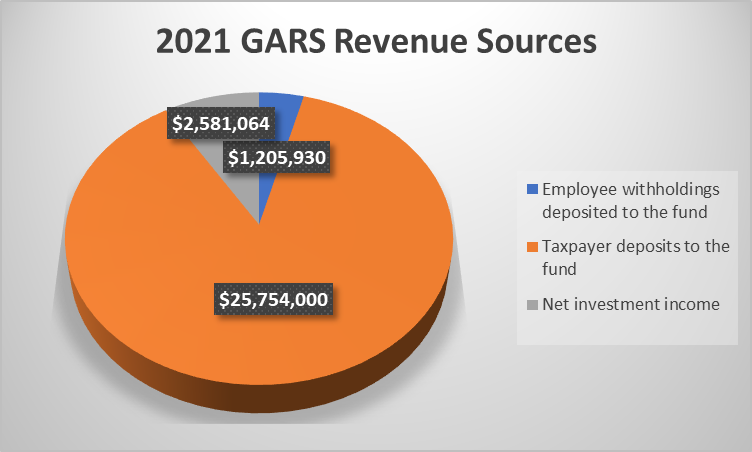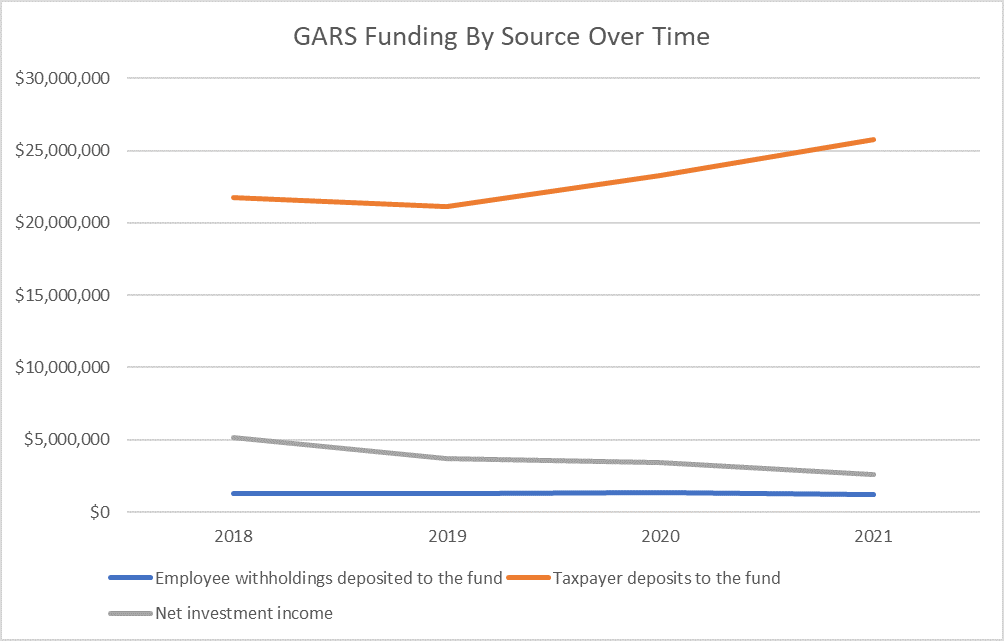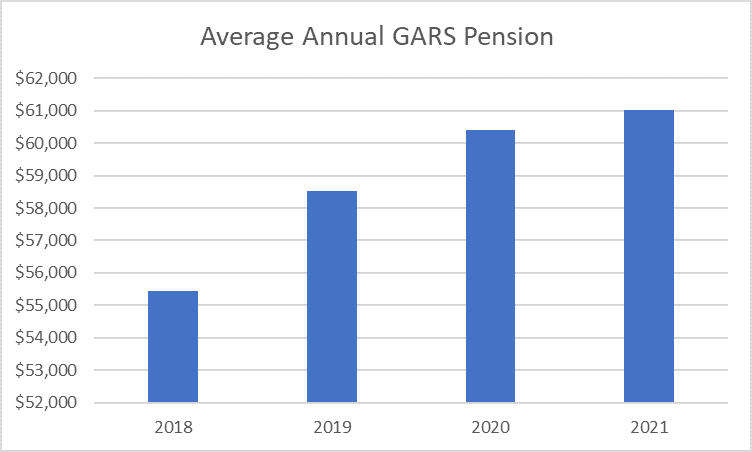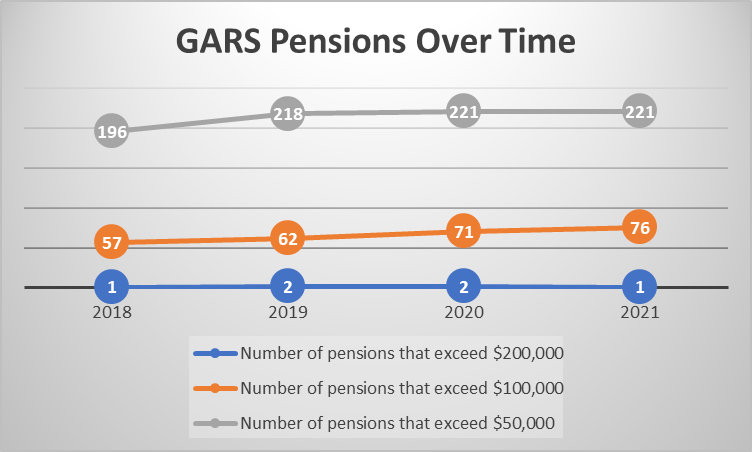“Government employees, whose salaries are paid with taxpayer dollars, generally make more money and have fatter pensions than those in the private sector,” said Jim Tobin, president of Taxpayers United of America (TUA). “Then, there are some government employees who multiply their incomes by using a legal but slimy technique known as double-dipping.”
Tobin pointed to a recent article by David Giuliani of patch.com concerning Darrell Langlois, former finance director of Hinsdale, IL. As Giuliani’s article make clear:
With his pension and salary, Darrell Langlois, Hinsdale’s former finance director, is making nearly $200,000 a year, according to public records.
Hinsdale’s finance director retired in February, but he already had a new public job lined up. He became the assistant controller at Joliet Junior College. He started collecting a public pension, and he is listed as paying into a new government pension system at the college. This is all allowed under state law. But many critics of the state’s pension rules call such a practice “double-dipping.”
According to public records, Langlois’ final salary in Hinsdale was $185,800. He is being paid $110,000 a year at Joliet Junior College.
His $87,700 annual pension is from the Illinois Municipal Retirement Fund. He paid into the system as the finance director of Oak Brook and then Hinsdale, for a total of 28 years. He contributed a total of $154,000 during that time. With the pension and salary, Langlois is now making $197,700 a year.
Under pension rules, Langlois, like all retired public employee, gets an automatic 3 percent increase every year. Under the state constitution, this percentage cannot be reduced. In 10 years, Langlois is slated to get a pension of nearly $114,000.
The 3 percent yearly pay raise often exceeds the inflation rate. With the rate of inflation, a person retiring in 2011 with Langlois’ pension of $87,700 would have seen that amount rise to $104,000 a decade later. That’s $10,000 less than what Langlois is set to get.
Ted Dabrowski, president of Wirepoints, a nonprofit research group, states, “It’s just wrong that in a state troubled by a pension crisis, with the state not making ends meet, that our legislators continue to allow this kind of double-dipping. It should have been stopped a long time ago.”
“You should blame the legislators. The employees are doing what they are incentivized to do. The lawmakers need to unwind this.”
Source: https://patch.com/illinois/hinsdale/ex-hinsdale-official-collects-pension-gets-new-public-job










